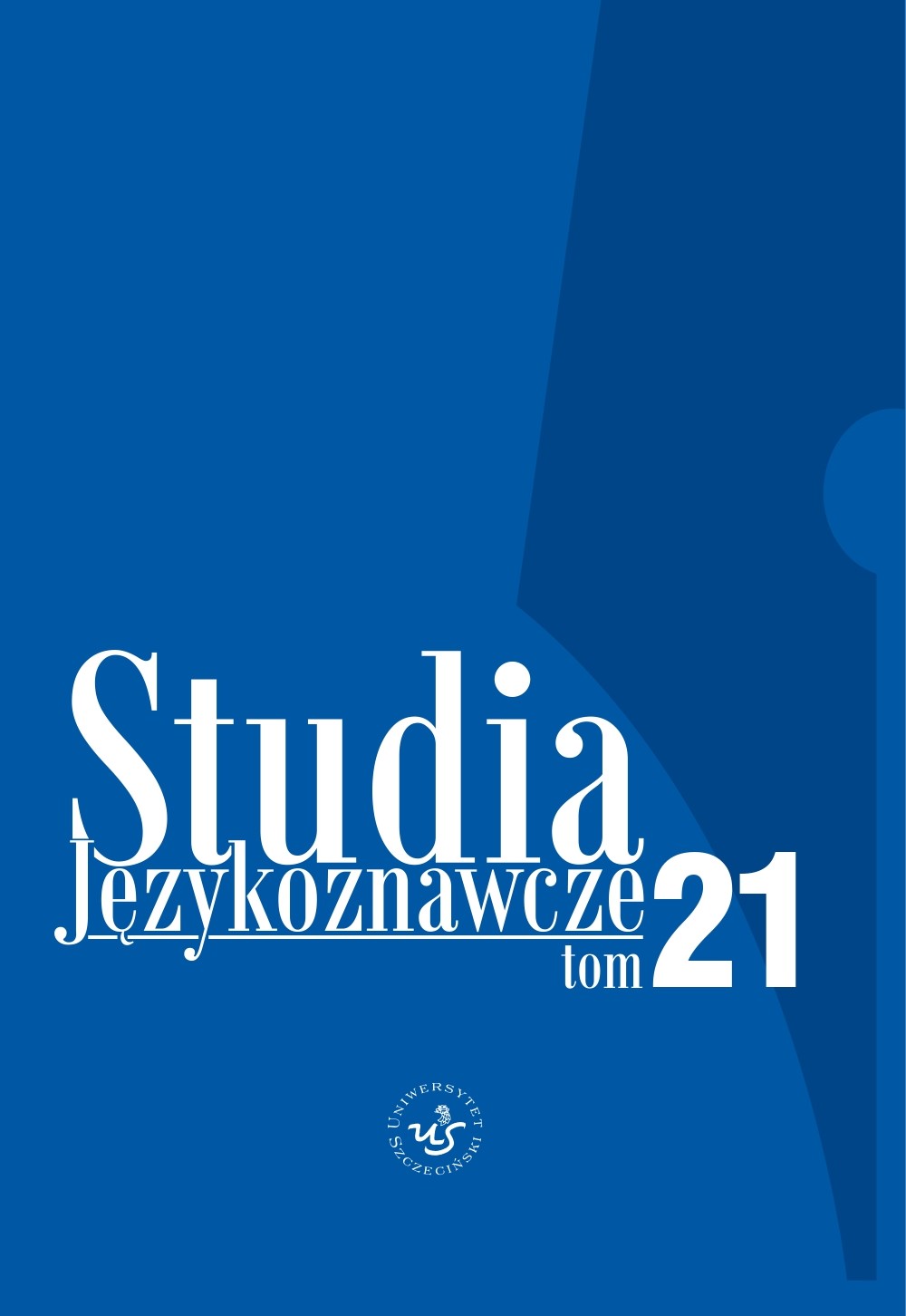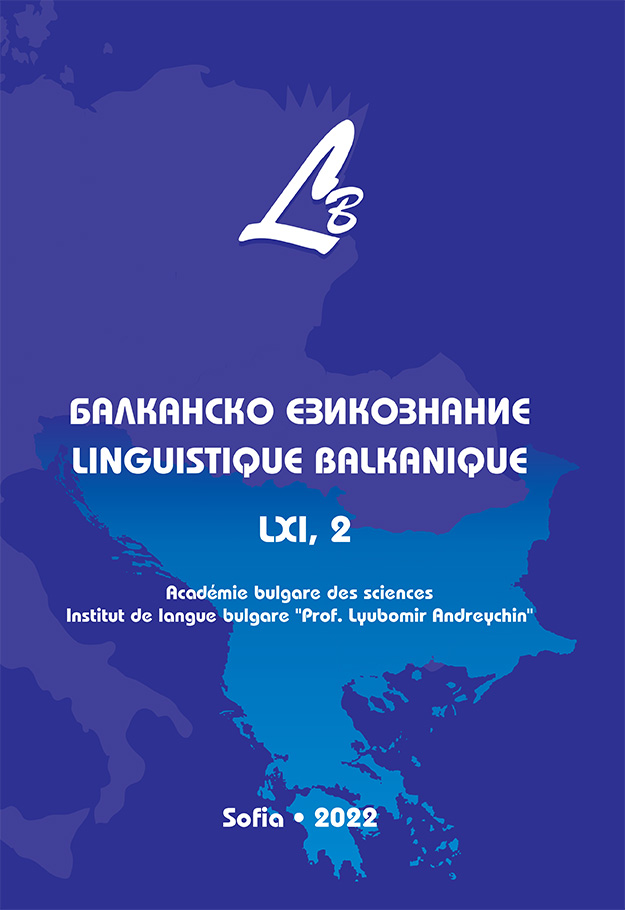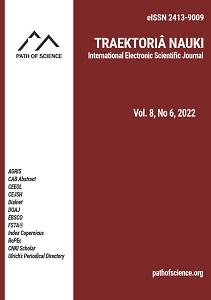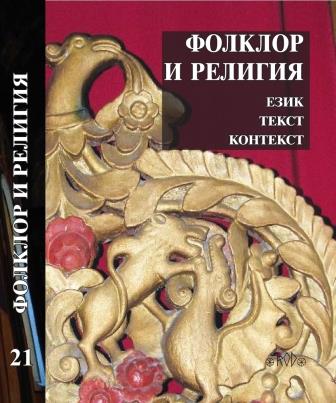Patukustutuskirjast, armulaualeivast ja laadast. aablat, oblaat, laat
The article reviews domestication of the concepts of and terms for ’letter of indulgence’ and ’communion wafer’ in the Estonian language. Etymological research of the word oblaat leads to the early Low German loanword aablat (afflate in old written Estonian) which denoted indulgence. As letters of indulgence were primarily sold near churches during religious holidays, the word laat, an abbreviated form of afflate, became gradually related chiefly to trade and acquired the meaning of a fair or fȇte. In the 16th century, at the time of the Reformation, letters of indulgence disappeared in Estonia, but fairs remained. In the dictionaries of both Wilhelm Hupel (1780) and Johann Ferdinand Wiedemann (1869) the equivalent of aablat is oblaat ’Oblate, Hostia’. Thus the meaning had changed and the term had come to denote communion wafer like in German. Raud kohck and Raud watz[k] (‘Oblate/Eysenkuchen’) in Heinrich Göseken’s dictionary are examples of loanword adaptation in language use. It is interesting to note that these loan translations from German refer to the use of a baking device resembling waffle irons.
More...



